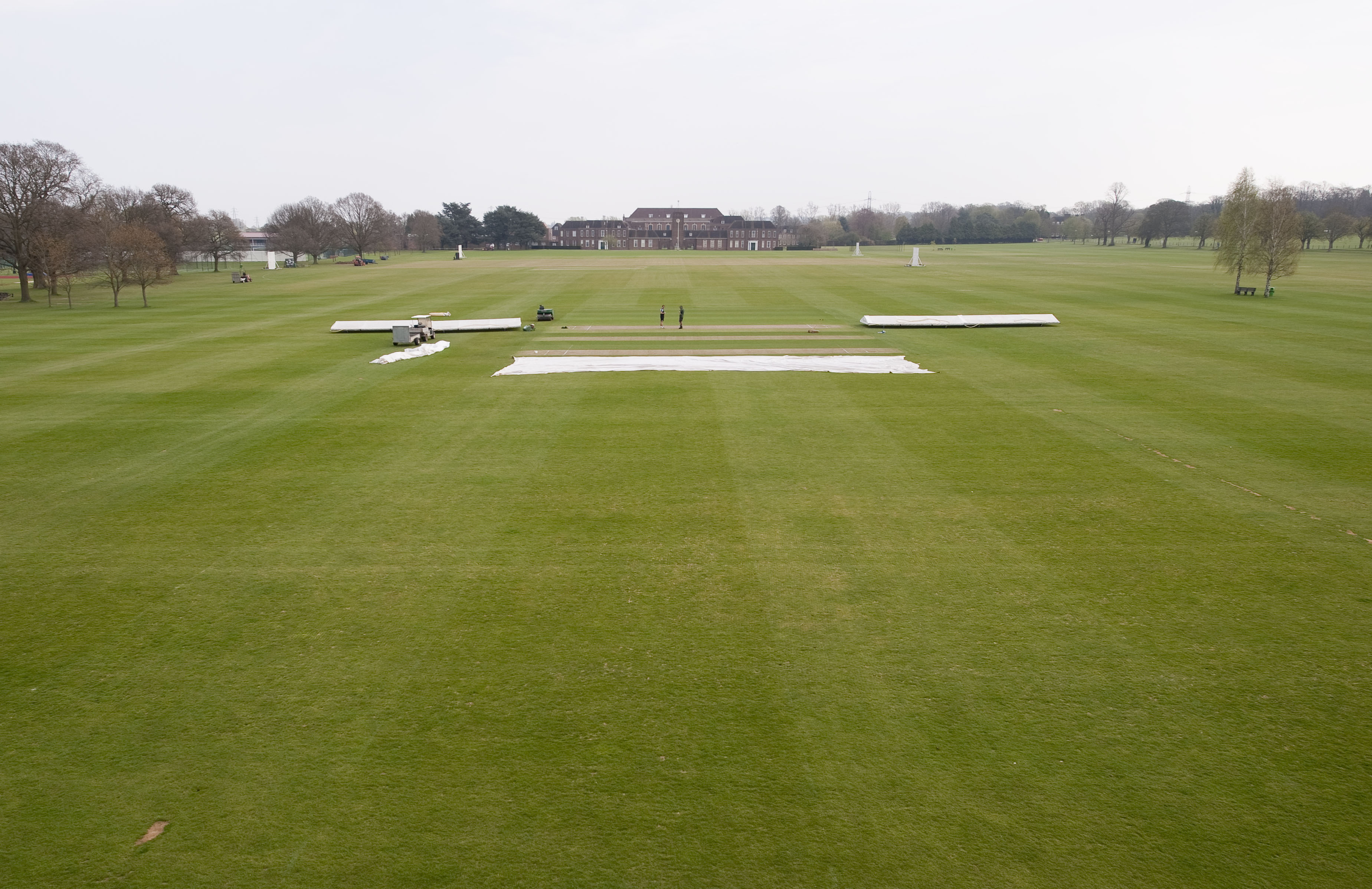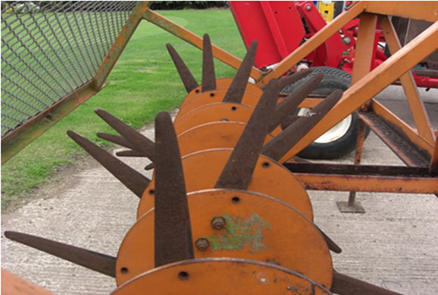The outfield should ideally be kept as freely draining as possible. Aim to maintain suitable grasses, with weed content below 10% and thatch layer no more than 5 mm. It must be cleared of any objects that could cause injury to players or damage to machinery. If grass clipping are removed, then a fertiliser programme will need to be in place.
Winter months
- Maintain a grass height of 20-25 mm if the area is a cricket outfield only and above 30 mm if used for winter sport.
- Aerate using solid or slit tines.
- Brush if possible
- Remove leaves from turfgrass areas.
- Removing leaves and boxing off clippings will help to reduce the worm population.
- The effects of casting worms should be dealt with prior to mowing using either products sold for this purpose and/or via use of a drag mat to disperse casts.
For joint winter sports and cricket sites there are some common maintenance issues such as compaction of soil, uneven surfaces, and bare patches. To address these types of problems some key considerations are:
- Regular quality mowing with well-maintained machinery.
- Weed control to ensure only desirable grasses are present in the sward.
- Moss should be controlled before it becomes a problem. Moss is the symptom of poor growing conditions, not the cause of them, so good cultural practices will help to keep moss out of the sward. If moss does appear then application of iron sulphate will help to control, it.
- The use of approved marking materials; users can be injured by the use of inappropriate materials. The use of these inappropriate materials is often illegal.
- After each match the pitch should be divoted. Wherever possible, the divots should be trodden back down and replaced by hand immediately the game has finished. Depending upon the level and intensity of play, this can take up to a day to complete in its entirety.
- Hand fork any high wear areas (goalmouths, centre circle) and gently apply heave to the fork to relieve compaction, if the area is bare scratching the topsoil with a landscaping rake (plastic) to create a fine tilth. Top dress using a pan shovel with a suitable material (sports sand or sand/soil mix) to return the area to desired surface level, work the dressing into the surface as you go by brushing or raking, taking care not to smother any grass cover. If conditions are suitable add some grass seed, irrigate as required and cover with germination sheeting or scaffold netting if available.
- Pitch rotation where possible to allow high wear areas time to repair.
Start to plan/discuss with the club for a full renovation to be carried out across the winter sport pitches on cricket outfields when the winter sport season is finished.
- Weed control to ensure only desirable grasses are present in the sward.
- Deep tine aeration
- Overseeding with a desired ryegrass sports seed mix
- Top dressing with a minimum of 60 tons using a suitable sports sand dressing. An 80/20, 70/30 sports rootzone mix can be used within the goal month areas for added binding strength.
- Also, as part of the renovation it will be important to eradicate any unwanted thatch layer through scarification to the appropriate depth.
Slitting (Outfield Only)
- Suitable for relieving surface compaction on outfields
- Aim for ground conditions that allow a depth of 125mm or more.
- When soil is overly wet it will cause more harm than good
- Always slit in similar direction to avoid mosaic effect that can cause soil to crack and turf to lift.
- Do not slit in dry conditions as this will cause cracking and will be ineffective.
Continue to carry out winter maintenance, when ready to start pre-season preparation, Click here for more details.
Remember!
Only carry out if ground and climate conditions are suitable.
If the ground is too wet, thawing, or frozen, stay off, you will create more problems by going on it.



 Tweet
Tweet